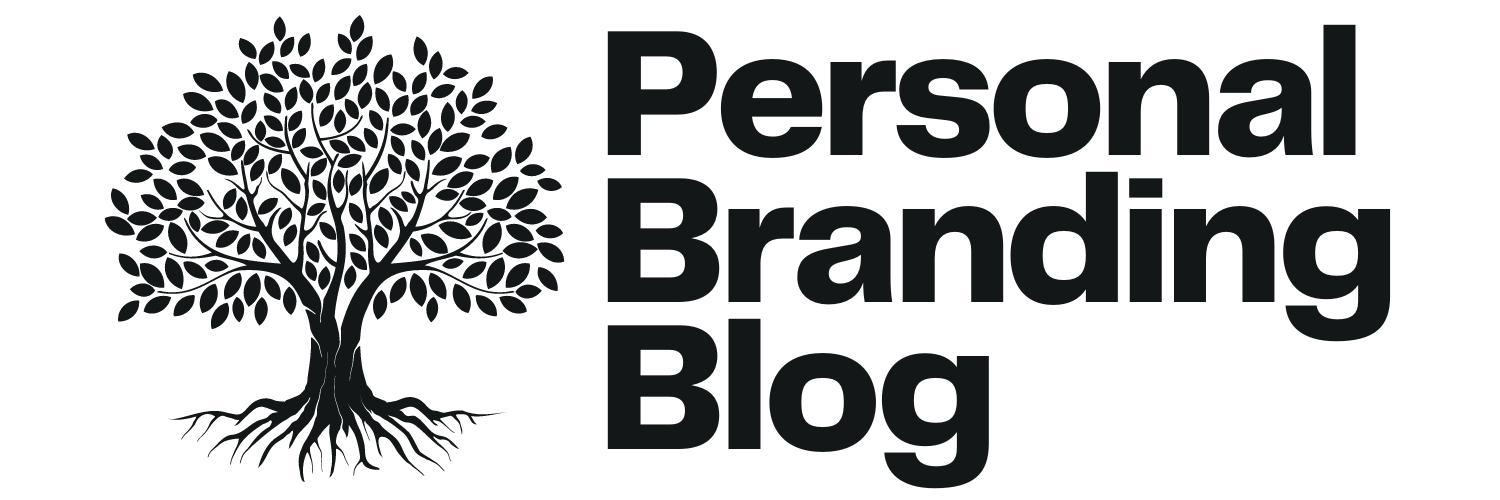I’ve often seen entrepreneurs pour their hearts into designing the perfect product, only to undersell themselves when it’s time to set the price.
It’s a tricky dance: we don’t want to scare away potential customers, but we also don’t want to undervalue our hard work.
I’ve had my share of sleepless nights, tweaking numbers and second-guessing every move, wondering if I was being too bold or not bold enough.
After years of trial, error, and some enlightening conversations with other business owners, I’ve noticed a pattern.
The most successful people rarely treat pricing as an afterthought. They see it as one of the most powerful ways to communicate value.
Today, I want to share five straightforward strategies that have made a difference in both my own ventures and those of my clients.
These aren’t shady gimmicks—they’re genuine methods supported by market psychology and common sense.
If you’re ready to boost your bottom line without compromising your authenticity, keep reading.
1. Experiment with anchor pricing
One of the quickest ways to reshape how people perceive your price is by using something called “anchor pricing.”
Forbes has covered this extensively, noting that people tend to evaluate the price of an item relative to the first number they see.
When I first discovered this concept, I tested it by offering a deluxe package alongside my standard coaching sessions.
The idea was to make the more expensive option the “anchor,” so the standard price felt more accessible by comparison.
It didn’t take long to see a jump in the overall demand for my standard sessions, simply because they looked more affordable next to a higher-priced package.
But here’s the surprising part: a fair number of clients also opted for the deluxe package.
Some genuinely wanted that extra level of service, and the existence of this higher tier made them feel special.
It was a win-win: my clients got exactly what they were looking for, and my profits increased.
If you want to try anchoring, set up a higher-priced tier that’s packed with premium features.
- If your friends always find flaws in your partner, ask them these 6 tough questions - The Blog Herald
- 7 traits of parents who raise confident and clever kids according to psychology - Global English Editing
- People who look much younger than their age always follow these 7 daily habits - Global English Editing
Make sure it’s genuinely valuable. People can sniff out a flimsy upsell from a mile away, and no one likes feeling tricked.
A good way to start is by taking your current product or service and brainstorming bonus additions or improved benefits.
Label that version at a higher rate, and see how people respond. You might be surprised at how much anchoring can shift customer perception.
2. Emphasize the value, not just the price
When I’m browsing a store and see a hefty price tag, I naturally ask, “Is this worth it?”
That’s the question every customer has.
So if you want your price to make sense, you need to show what’s behind that price—your time, expertise, unique features, or brand reputation.
Some of the most profitable businesses I know go the extra mile to highlight the value they offer.
They use testimonials, case studies, and behind-the-scenes glimpses of their process so that customers truly grasp what they’re paying for.
This is where personal branding can become your secret weapon.
Simon Sinek often talks about the importance of “Why.” If you communicate the deeper reason behind your product or service, people are more inclined to see it as an investment.
Think about how your product impacts your customer’s life or solves a pressing issue for them. Paint a vivid picture.
I once worked with a consultant who struggled to justify her rates. All it took was documenting the cost savings and growth her previous clients experienced.
Once she showcased those metrics, her clients happily paid a higher fee because they understood the real value she brought to the table.
So try to present what you offer in concrete terms. Use data, stories, and real-life examples that show the transformation people can expect.
When you do, the question shifts from “Why is it so expensive?” to “How soon can I get started?”
3. Create limited-time offers with integrity
I’m not a fan of pressuring people into buying. At the same time, there’s a reason limited-time offers and deadlines exist: they prompt action.
According to Forbes, urgency or time constraints can lead to higher conversion rates.
We’ve all seen those cheesy countdown timers that reset every time you refresh the page. That’s not what I’m suggesting here.
I’m talking about genuinely offering a special price or bundle for a brief period, ensuring it really is a limited opportunity.
For example, when I launched a workshop series a few months back, I gave an early-bird rate for the first week. It reflected my gratitude for people who took the leap of faith early.
This approach rewarded the action-takers and created a sense of forward momentum.
The key is transparency. Make it clear why the offer is limited and what you’re providing.
If your special deal ends on Sunday, stick to that deadline.
People remember broken promises, so keep your integrity intact.
Think about a promotional angle that aligns with your business. Maybe it’s a holiday special, a product launch week, or an anniversary sale.
Run it for a set period, deliver on your promises, and watch how even a small window of urgency can significantly boost your revenue.
4. Bundle related products or services
Have you ever gone to a café and ended up ordering a combo meal because it just felt like better value?
That’s the essence of bundling.
You package items or services together at a rate that feels more economical than buying them individually.
When I started offering brand consulting, some of my clients also needed help refining their marketing materials.
Instead of charging separately for these tasks, I created a “Complete Brand Makeover” bundle.
This included messaging strategy, logo tweaks, and basic website copy in one neat package.
The response was eye-opening. People jumped at the chance to get everything in one go, and they appreciated the simplicity of a single, transparent price.
It boosted my profits because it encouraged clients to opt in for more services than they originally planned.
If you’re not sure how bundling might work for you, consider what a typical customer journey looks like.
What do your customers usually buy together? Could you combine your offerings in a way that saves them time or money?
Try grouping complementary items or services and present them as a cohesive package. Make it easy to say “yes.”
You might be amazed by how many people prefer the convenience of a bundle over purchasing each piece separately.
5. Use charm pricing wisely
Charm pricing refers to those prices that end in .99 or .95.
At first glance, it seems almost too simple or cliché.
Studies show that, psychologically, we perceive $19.99 as significantly less than $20, even though it’s just a one-cent difference.
The reason is tied to how our brains process the left digit.
When we see $19.99, we categorize it as “19 dollars and change,” not quite rounding up to $20. And that makes us feel like we’ve escaped the “pain of payment”.
While it might feel old-school, this tactic can still nudge your customers toward a purchase, especially if they’re casually browsing or making quick decisions.
I’ll admit, I used to think this pricing trick was too gimmicky for a personal brand, especially one built on trust and authenticity.
But after testing it with a digital product, I realized the results were real. A price of $47 converted slightly better than $50, even though the actual difference was minor.
Wrapping up
Conventional wisdom says that if your product is good, it should sell itself. But in reality, a thoughtful pricing strategy can be the difference between breaking even and thriving.
You’ve just read about five approaches that don’t rely on manipulation. Instead, they’re built on solid psychology and a genuine understanding of how people make purchasing decisions.
Start small. Try one hack at a time so you can see what truly resonates with your market.
If something clicks, double down on it. If not, adjust and keep moving forward.
I’ve found that each business has its own rhythm, and the magic is in the testing and tweaking.
Whether you’re rolling out a coaching program or launching a new gadget, these strategies offer a framework for setting your prices with purpose and confidence.
Here’s a quick challenge for you: pick one hack from the list, apply it in the next week, and observe how your audience responds.
Even a single shift can bring surprising results—and might just reshape your entire approach to pricing.
Above all, remember that pricing is more than a number. It’s a statement about the value you offer and the trust you build with every customer or client.
Put that trust at the heart of your strategy, and you’ll discover that making a profit and staying authentic can go hand in hand.









